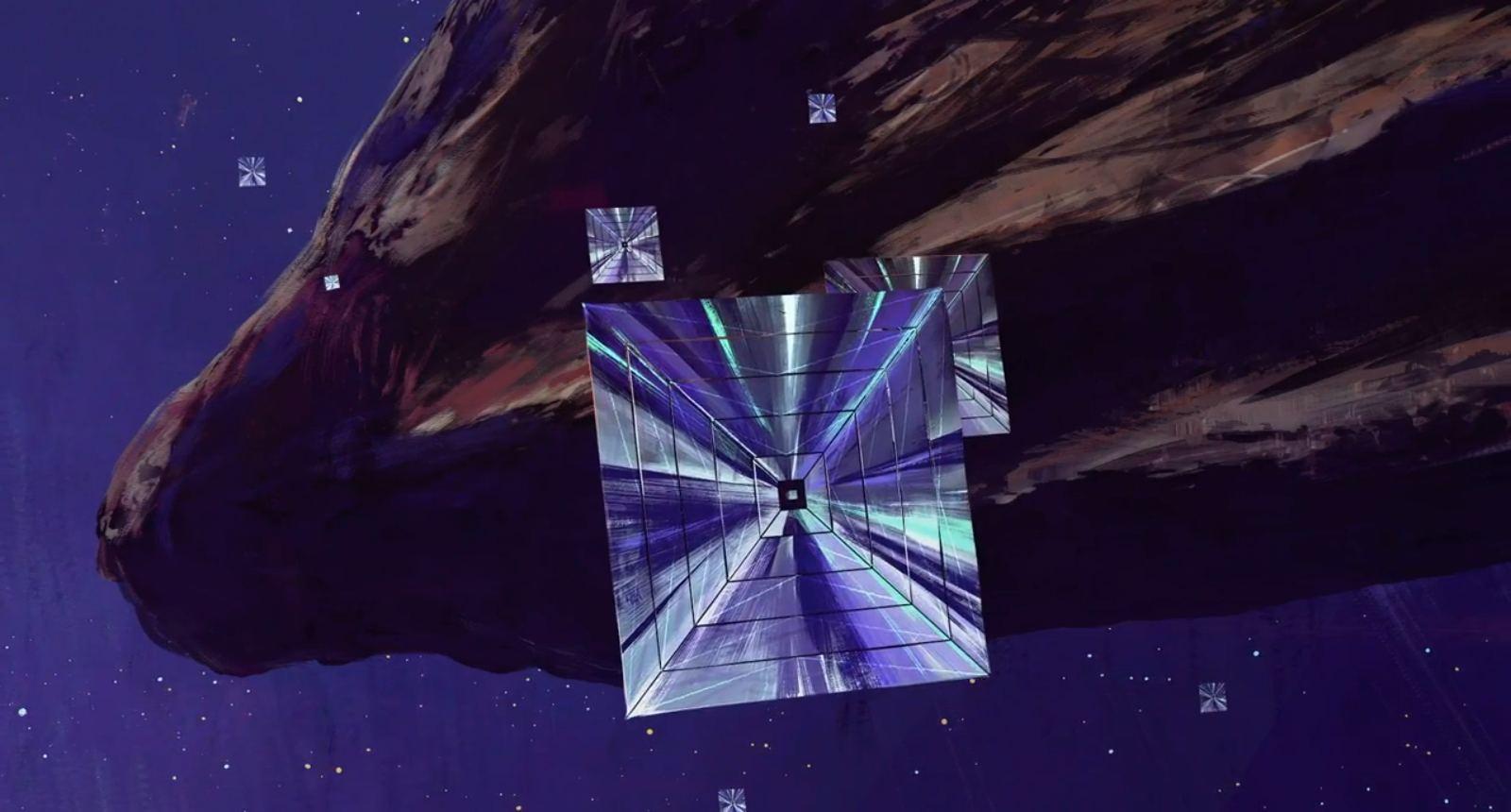
According to their latest study, if their mission concept launched in 2028 and performed a complex Jupiter Oberth Manoeuvre (JOM), it would be able to catch up to ‘Oumuamua in 26 years.
Since then, the i4is team has conducted studies that considered catching up with the ISO using nuclear-thermal propulsion (NTP) and a laser sailcraft, similar to Breakthrough Starshot – an interstellar mission concept for reaching Alpha Centauri in 20 years.
At the heart of the SOM and other Oberth maneuvers is a technique known as a Gravity Assist, which has been used to explore the Solar System since the early 1970s.Adam Hibberd, a researcher with the i4is, was the lead author of this latest Lyra study (titled “Project Lyra: A Mission to 1I/’Oumuamua without Solar Oberth Manoeuvre.”) Before joining i4is, Hibberd was an aerospace engineer who developed the Optimum Interplanetary Trajectory Software (OITS).Part of their motivation for this was the inherent challenges a solar gravity assist maneuver presents.
These issues were addressed in a recent NASA Solar and Space Physics concept study titled “Interstellar Probe: Humanity’s Journey to Interstellar Space.” This study was conducted for the Solar and Space Physics 2023–2032 Decadal Survey, which included (among others) concepts for an interstellar probe.
As the Parker Solar Probe amply demonstrates, getting close to the Sun requires a heat shield that can handle the extreme heat and radiation.While the size and mass of a heat shield for Lyra would not be identical, it’s a fair bet that a solar heat shield would result in a lot of additional mass for the lightsail.
As an alternative, Hibberd and his team recommended a Jupiter Oberth Manoeuvre (JOM), which would launch from Earth, swing around Venus and Earth, conduct a Deep Space Maneuver (DSM), swing by Earth again, then receive a Gravity Assist using Jupiter’s gravitational pull. This is summarized by the acronym V-E-DSM-E-J, or the more commonly used V-E-E-GA – Venus, Earth, Earth, Gravity Assist. As Hibberd indicated, this maneuver would have several advantages over a SOM, among them:!“[It] would not require a heavy heat shield and also would not need: a) An extra travel distance from Jupiter to the Solar Oberth of around 5.2 astronomical units (au), [and] b) A further travel back to around Jupiter’s orbit of an additional 5.2 au?Given that ‘Oumuamua is the closest piece of interstellar material accessible to us, the scientific returns for a rendezvous mission would be immeasurable.For the relatively low cost of a rendezvous mission, humanity could get its first glimpse of what goes on in other star systems by mid-century.
